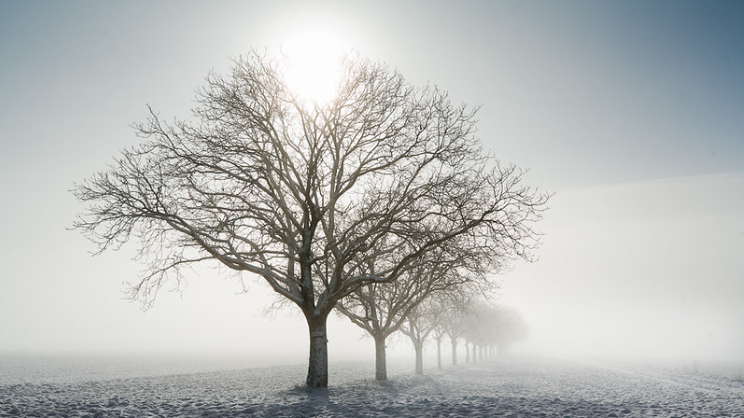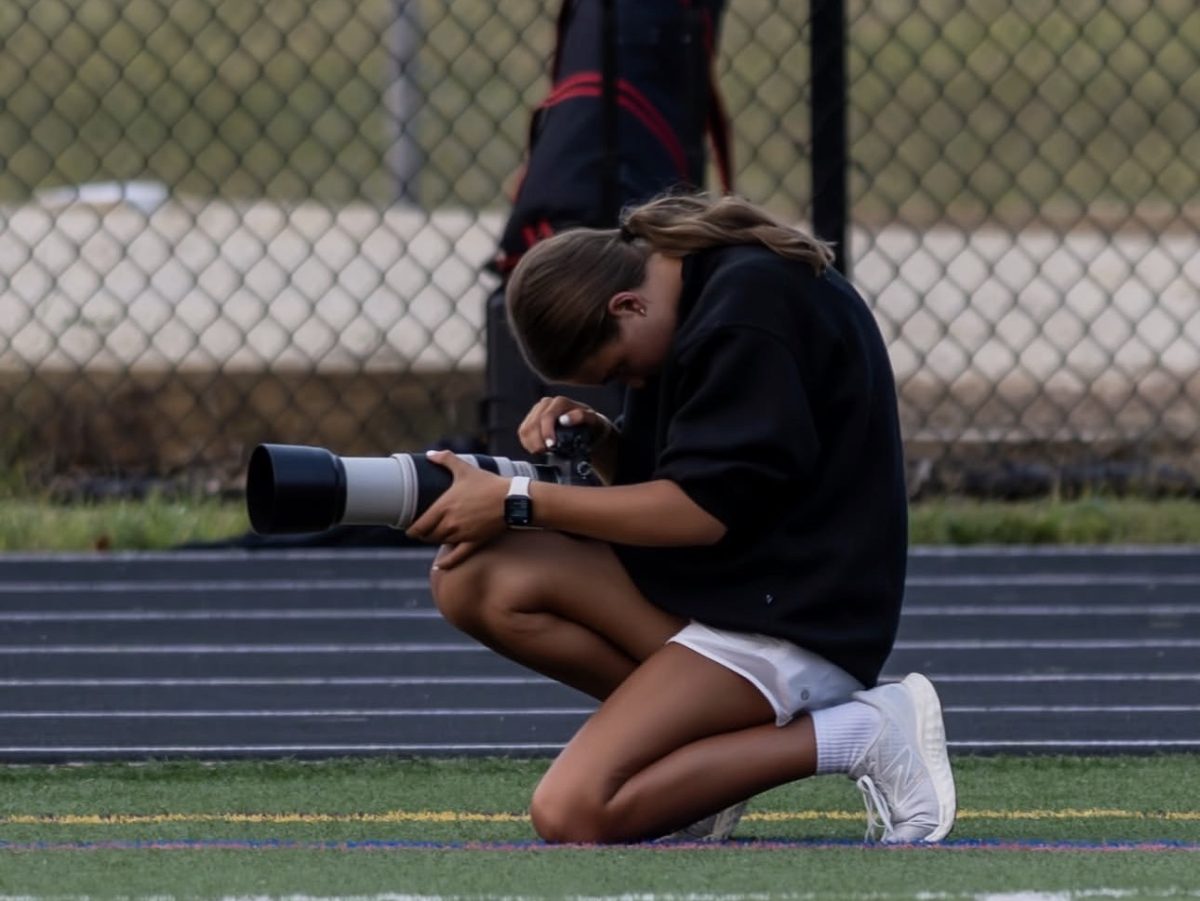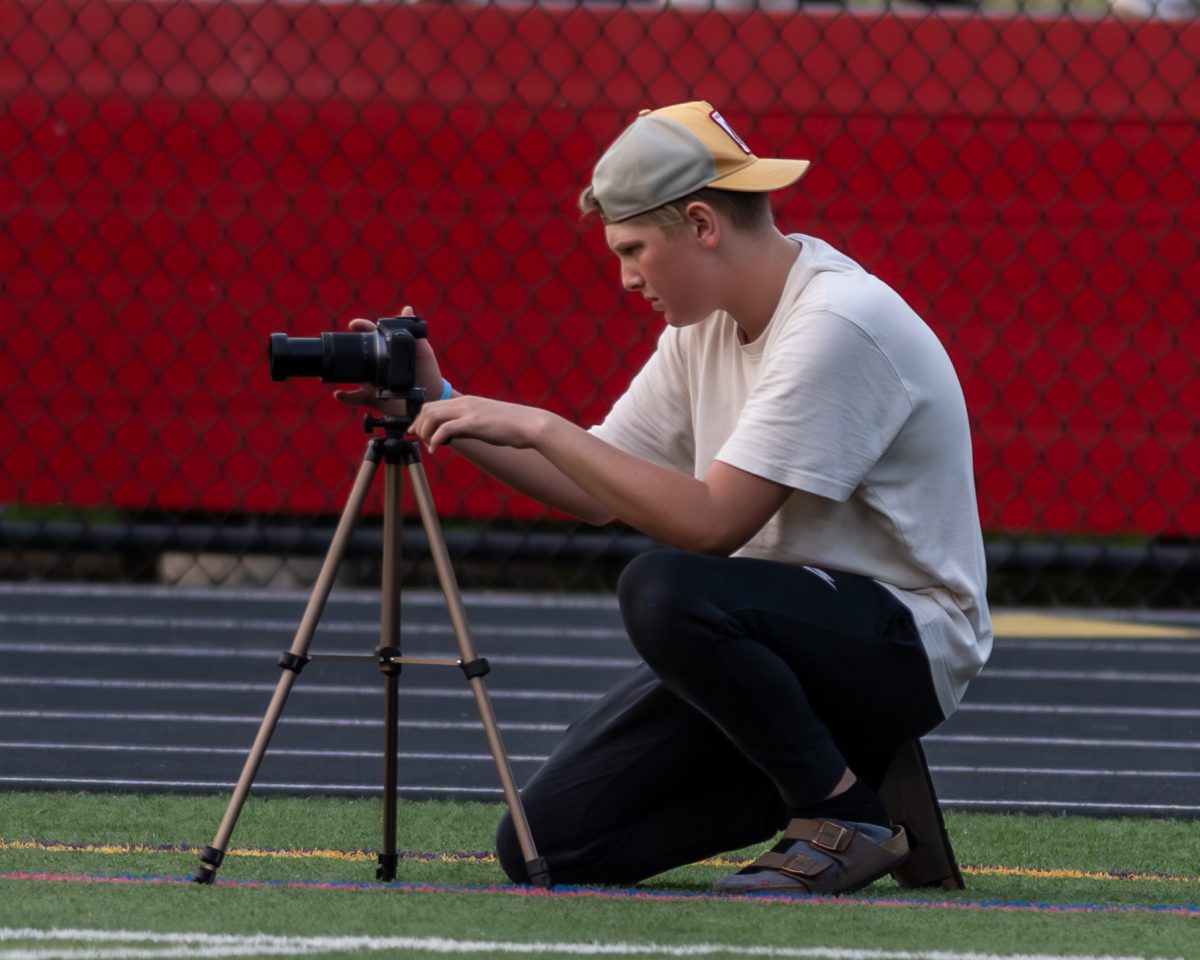As the sun sets sooner and the days get later some people fall into a winter slump, finding it harder to wake up, feeling sad or unlike their usual selves. This can impact school life and social life for high school students.
The winter slump is correlated with two issues, the Winter Blues and Seasonal Affective Disorder. The Winter Blues is considered to be the less severe counterpart to Seasonal Affective Disorder. The Winter Blues is a general term and not a medical diagnosis and is more mild than serious. Mood changes correlated with the Winter Blues are often connected with something specific like absent loved ones or a stressful holiday. It also clears up in a relatively short time according to the NIH.
Seasonal Affective Disorder, however, is a clinical diagnosis correlated with the shortening of daylight hours. It is due to one’s biological clock responding to the change in shorter amounts of daylight. This shift leads to one’s daily schedule and body falling out of rhythm with each other according to Pennsylvania State University.
Seasonal Affective Disorder interferes with a person’s day-to-day life over an extended period of time. According to Appalachian State University, people affected often fall into a depressive mood in the early fall and stay in the state until the early spring. This can especially become a problem for highschool athletes who play winter sports. Seasonal Affective Disorder is similar to other forms of depression and can leave people feeling hopeless or with a gloomy outlook. Fatigue, loss of energy, anxiety, irritation and overreaction are other symptoms of Seasonal Affective Disorder according to the NIH.
Dealing with the Winter Blues and Seasonal Affective Disorder can be hard and mentally draining. There are many lifestyle changes that can help manage mild symptoms. Nebraska State University recommends going outside for even just a few minutes each day. High School students are busy. This can be something achievable within a busy schedule. Also, opening your blinds to let more sunlight into your home can be effective. Another change could be planning activities to stay socially involved and eating a healthy diet.
Light Therapy is also a sufficient treatment for Seasonal Affective Disorder. Light therapy is when a patient sits near a light box, which shines a light brighter than normal lighting, for a certain amount of time depending on the doctor’s recommendation. This specific therapy has been shown to relieve symptoms in 70 percent of patients after a few weeks according to the NIH.
However, it is believed light therapy does not work for everyone. Antidepressant medication can also help relieve the symptoms of Seasonal Affective Disorder. Another form of relief for Seasonal Affective Disorder is the form of talk therapy and cognitive behavioral therapy. CBT has been proven to better depression and has less of a return rate compared to light therapy according to the NIH.
The Winter Blues and Seasonal Affective Disorder are both serious issues you can go through but with the right help and treatment someone can get out their winter slump relatively quickly.
Photo credit: “Matin d’hiver” by panda_photos is licensed under CC BY-ND 2.0









